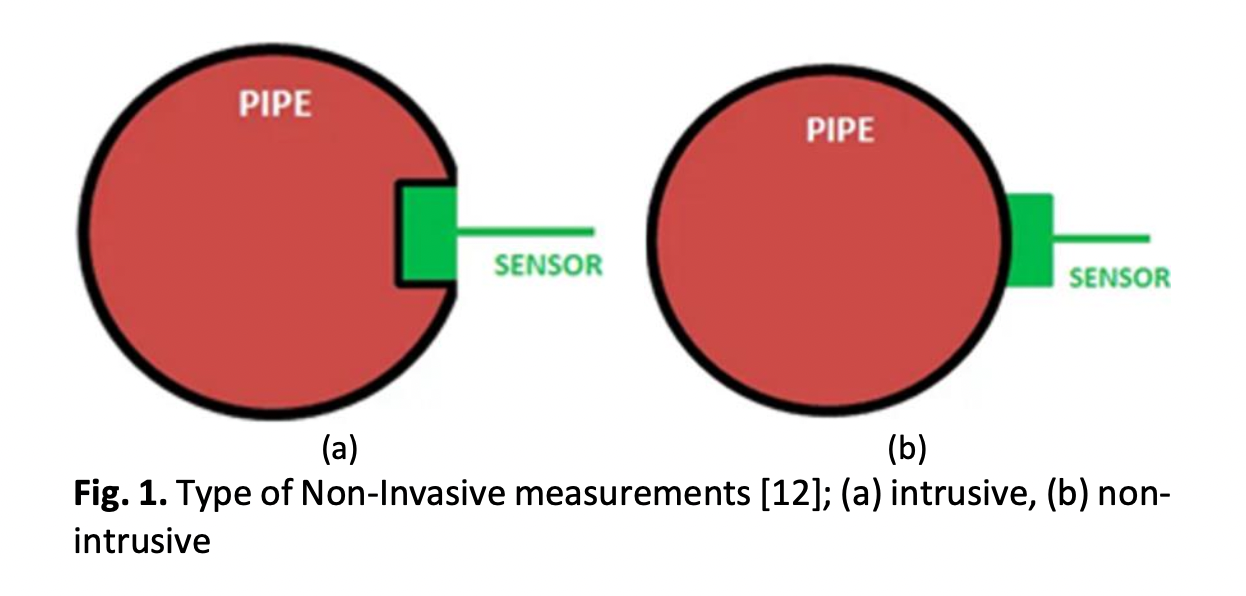A Review on Non-Invasive Magnetic and Electric Field Excited Methods for Flow Characterisation of Incompressible Newtonian Low Conductive Liquids
DOI:
https://doi.org/10.37934/arfmts.101.1.90120Keywords:
Flow rate, Eddy currents, conductive fluids, Lorentz force, electric double layerAbstract
Monitoring the flow rate of low conductive fluid is critical in sectors such as waste, culinary, chemical, pharmaceutical, oil and gas, and power. The flow meter can be used to measure several parameters like flow rate range, fluid electrical conductivity, cost and the scenario of desired monitoring. The existing invasive flow sensors for monitoring the velocity of conductive fluid are often associated with undesirable attributes of being obstructive, prone to interference effects, corrosion, significant pressure reduction, and energy loss in pipe systems causing severe and long-term damage to pipes during installation. This paper presents a comprehensive survey of various non-invasive methods for characterizing low conductive fluid flow based on the sources of strong magnetic and electric fields. This review discusses fundamental insights for understanding the physical phenomenon in the generation of eddy currents, Lorentz force, and the formation of the electric double layer with pertinent illustrations and discussions. The review presented in this paper concludes that each non-invasive measurement technique has limitations based on the excitation source of either magnetic or electric fields. Different values of low conductivity of fluid flow and flow velocity have been considered in various studies to get an in-depth understanding of the capability of selected techniques so that their scope and versatility can be researched further. This paper also highlights that emerging technologies like cryostats with superconducting magnet systems, which unquestionably exceed the mass limitation, have become viable in applications such as Lorentz force velocimetry.
Downloads

































